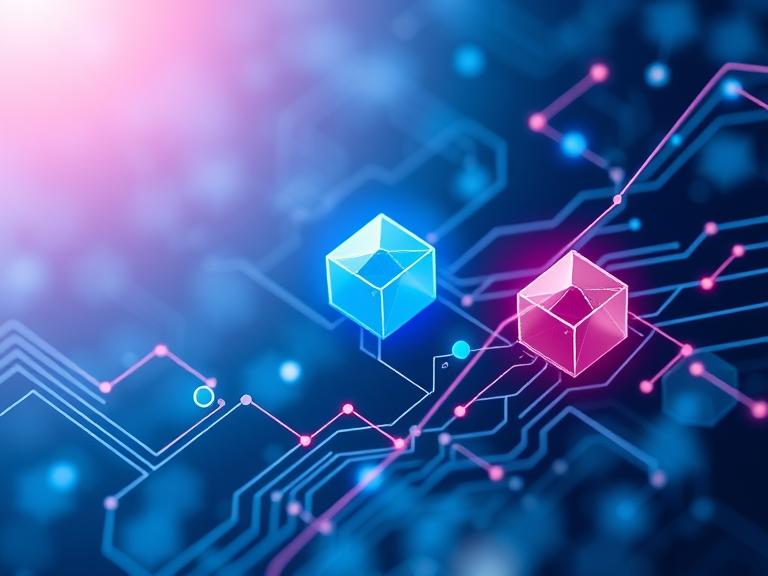Blockchain programming involves creating decentralized applications (dApps) and smart contracts that run on peer-to-peer networks like Ethereum. Unlike traditional apps, dApps run on blockchain nodes and execute code transparently.
Core concepts:
- Smart Contracts: Self-executing code on the blockchain (e.g., in Solidity).
- Gas: The computational cost to execute operations on Ethereum.
- Wallets: Manage keys and sign transactions.
- Nodes: Participate in consensus and maintain the ledger.
Popular platforms:
- Ethereum: Leading platform with Solidity language.
- Solana: High-speed blockchain with Rust-based smart contracts.
- Polygon, BNB Chain, Avalanche – Layer-2 and scalable alternatives.
Simple Solidity contract:
solidityКопироватьРедактироватьpragma solidity ^0.8.0;
contract Counter {
uint public count = 0;
function increment() public {
count += 1;
}
}
Developer tools:
- Hardhat / Truffle: Frameworks for testing and deploying smart contracts.
- MetaMask: Wallet and browser extension.
- Infura / Alchemy: Blockchain node APIs.
Blockchain programming merges backend logic with cryptographic integrity and decentralization. It’s a must-learn field for those exploring DeFi, Web3, and digital identity.


Leave a Reply